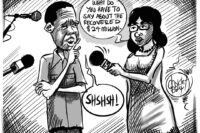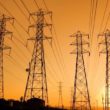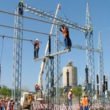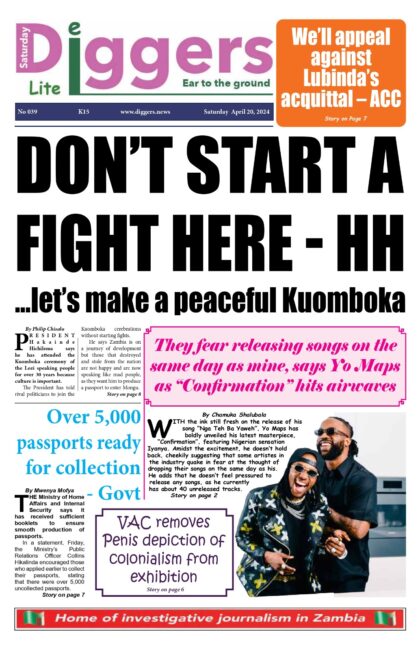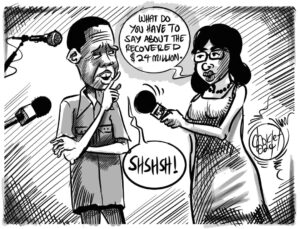Zesco has dispelled claims by the Zambia Chamber of Commerce suggesting that the utility company is not transparent in the setting of electricity tariffs.
Last week, ZCM president Nathan Chishimba addressed journalists at a CEC organised workshop where he alleged that Zesco lacked transparency in the way it formulated tariffs and and warned that this was scaring away investors.
“There is a complete lack of transparency about tariffs in Zambia. It’s basically a black horse, we don’t know how tariffs are arrived at. They will just tell you ‘you will pay 10.3 cents’, they will even convince politicians that ‘we need 10.3 cents to survive’ and that’s what you will be charged. We don’t have a formal basis for which we can determine that electricity actually does cost 10.3 cents. Zesco will just announce a number and all the politicians will be singing that number without verifying whether it’s an objective number or if it conforms to global standards and that is what our problem is, said Chishimba.
But reacting to Chishimba’s remarks in an interview, Zesco Spokesperson Henry Kapata said Chishimba’s accusations were not true.
“The first thing is that we do what is call cost and income model. Our tariff setting is based on what we envisage our cost to be over time and then that’s what drives what we call a pricing model. So Zesco will assess the projects that it needs to engage in for us to deliver a certain service and all those costs are compiled and then we make an application to ERB. Now, the application to ERB looks at three things. It’s a simple formula that determines tariffs, it’s required revenue, then it also takes into account a return on asset. A return on asset that is determined by the regulator. If fact, it’s called RR; Required Revenue. So Required Revenue is equal to allowable cost plus a return on asset. But the return is determined by the regulator and the allowable cost are also determined by the regulator. So there are certain costs that the regulator does not allow us to pass on to consumers,” Kapata said.
“And when people speak about [lack of] transparency, that’s not true. Because when Zesco makes an application to the ERB, before the ERB could approve the tariff which should be implemented, it goes through a series of hearings with Zesco. So it invites several people from everywhere and Zesco stakeholders and we go round the country as Zesco sensitizing people, holding meetings and they ask questions, and we answer them, we justify our core structure in the hearing and on that basis then ERB makes a decision. So transparency is there when it comes to tariff setting, it’s not a unilateral decision.”
Kapata explained that Zesco was regularly adjusting tariffs because cost of producing electricity was changing everyday, depending on the economic indicators.
“As Zesco, we don’t just jump from a Mango tree and start increasing prices. There is a process involved. And collectively after the hearings, ERB picks up everything and issues a statement. So let’s take that approach than attacking one another as institutions. Yes they have the right to say what they said but Zesco’s position is what we have explained. We try by all means to engage the people so that they understand why we have to do this. We cite a lot of things like operational cost. For example in 2016, Zesco’s operation cost was somewhere around K2.4 billion and were at the same level buying electricity at 15 ngwee per kilo watt hour. So can we survive just a small company? We would fall,” said Kapata.
“So we try to explain the cost of a raw material and production. When we explain those things, people will be understand that this is the reason why we write to ERB for tariff adjustment. A transformer that was bought four years ago at K40 thousand, today 2018, do you expect that machine to be at the same price? Not at all! If anything this should be an annual thing, every year we should be able to put something, because the cost of production changes depending on economic indicators.”




